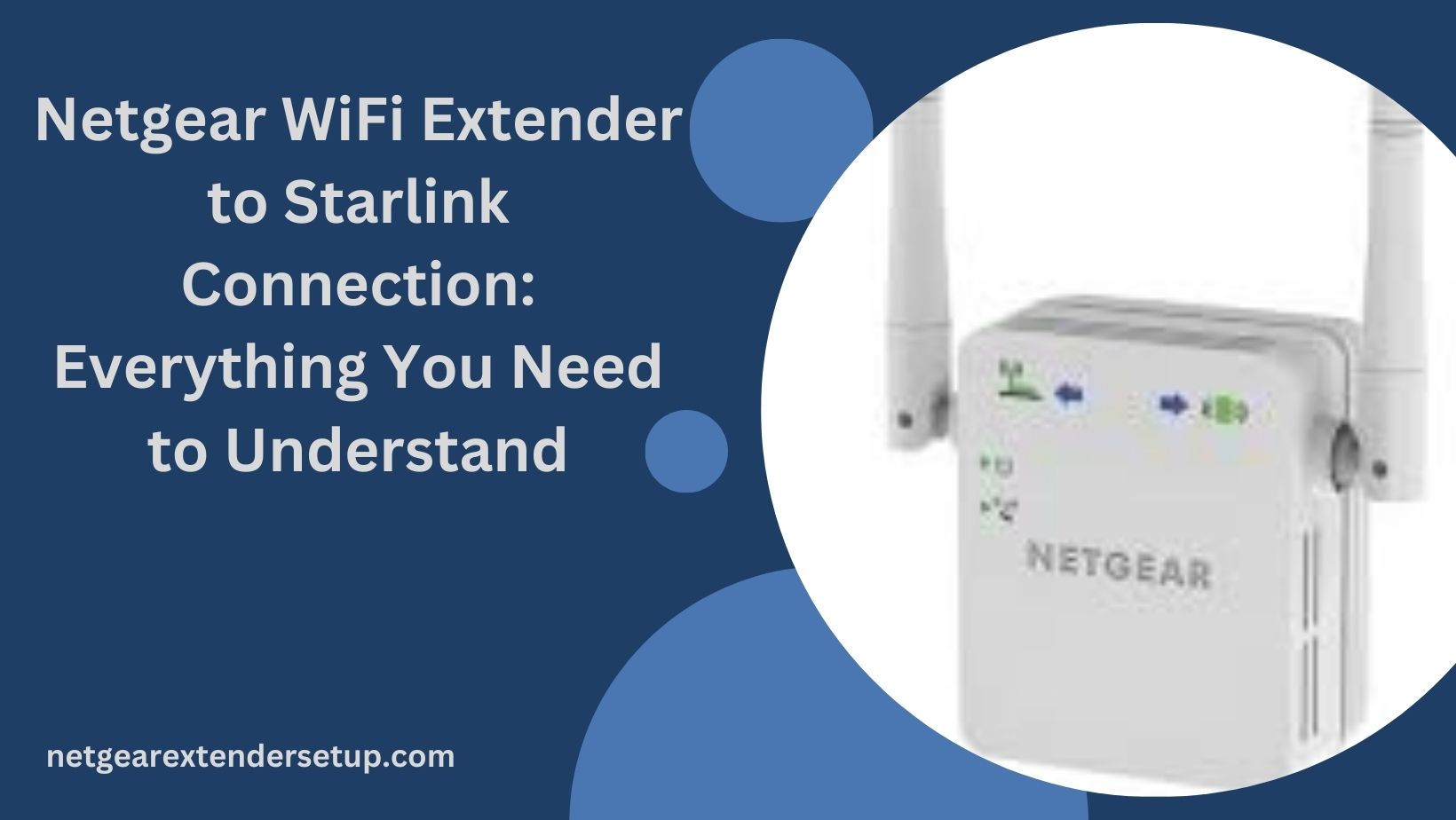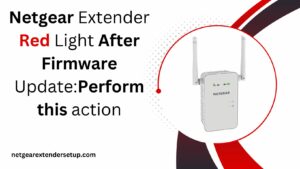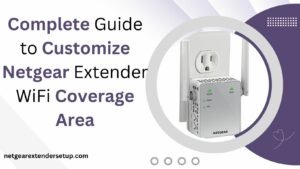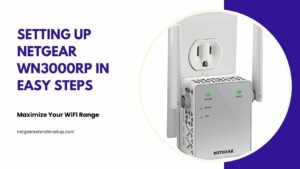WiFi range extenders have long been popular for enhancing wireless coverage in homes. However, it’s crucial to understand that an extender won’t provide internet access unless properly linked to the router. This blog aims to guide users interested in installing Netgear WiFi extenders, specifically connecting them to the router or gateway provided by Starlink. Let’s start with the steps for Netgear WiFi extender to Starlink connection.
How to establish a connection between a WiFi extender and a Starlink router?
Netgear WiFi extender to Starlink connection, you have two options: a wired connection using an Ethernet cable and accessing 192.168.1.250 or a wireless connection using the WPS (Wi-Fi Protected Setup) method.
Wired Connection
1. Place the Starlink router and extender in the same room.
2. Connect them using a LAN cable.
3. Switch on the router and Netgear extender.
4. Once the lights stabilize, connect your PC to Netgear_ext.
5. Access 192.168.1.250 or visit mywifiext.net.
6. Choose the setup mode.
7. Select the network name for your Starlink router.
8. Input the Starlink WiFi password.
9. Hit Connect.
10. Follow on-screen prompts.
11. The connection is successful!
Wireless Connection
1. Switch off your WiFi router (if currently working).
2. Bring your Netgear extender closer to the router.
3. Switch on the Starlink router.
4. Power up the Netgear extender.
5. Press the router’s WPS button.
6. Press the WPS button on your extender.
7. Once the 2.4 GHz LED on the extender lights up, press the WPS button again.
8. Push the WPS button on the router for the second time.
9. Let the 5 GHz LED light glow.
10. You’ve successfully connected your WiFi extender to the Starlink router.
After completing the on-screen prompts and WPS connection, relocate the extender for optimal signal coverage, ensuring it reaches all areas in your house. Once done, you can disconnect the Ethernet cable.
Important Point: When relocating the extender, maintain a distance between devices within 8-10 ft to ensure proper signal reception.
Troubleshooting Connection Issues
If you encounter issues with the Netgear wifi extender to Starlink Connection, follow these troubleshooting steps based on your chosen connection method.
Wired Connection
1. Check the Ethernet cable for wear and tear, replacing it if necessary.
2. Ensure you’re entering the correct WiFi password on the Netgear extender.
Wireless Connection
1. Confirm devices aren’t placed too far apart or too close.
2. Remove any physical obstructions between the devices.
3. Press the WPS button on the second device within the specified timeframe.
Additionally, if using a browser-based method on a Mac device, use mywifiext.local instead of mywifiext.net.
Conclusion
Successfully connecting your Netgear WiFi extender to Starlink Connection is achievable by following these outlined steps. Once connected, extend your wireless network to Netgear_ext. Note that these instructions apply to extenders running on default factory settings. Pre-configured extenders may require a different setup.
Read More: Netgear Insight Remote Cloud Management
FAQs:
Absolutely! You can utilize the WPS method for a seamless wireless connection between your Netgear WiFi extender and Starlink router.
If facing difficulties, troubleshoot based on the connection method:
Wired Connection: Check the Ethernet cable and ensure correct WiFi password entry.
Wireless Connection: Confirm devices’ proximity, remove obstructions, and ensure timely WPS button presses.
Yes, relocation is possible. Ensure it remains within 8-10 ft for optimal signal reception.
For Mac users, use mywifiext.local instead of mywifiext.net when employing a browser-based method.



